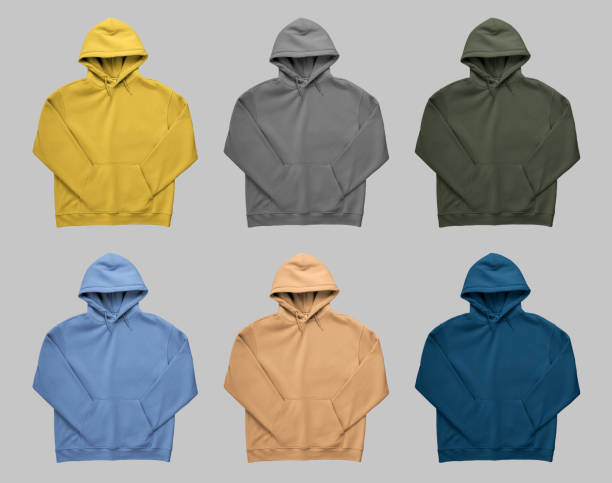
Before writing any product description, you must understand your target audience. Are they fashion-forward teens, gym-goers, or comfort-seekers? Know what matters to them most.
Buyer personas help define tone and vocabulary. Use casual, trendy language for youth markets or more refined wording for professionals. This sets the right emotional connection.
Understanding demographics, gender preferences, and shopping behaviors helps craft relevant and appealing content. People connect better with content that speaks their language.
Your goal is to make the customer feel the hoodie was made just for them. That starts by showing them you understand who they are and what they value.
Every product has features, but your description should highlight how those features benefit the buyer. Don’t just list details; explain why they matter.
For example, instead of saying “100% cotton,” say “Soft, breathable 100% cotton that keeps you cozy all day.” That transforms a fact into a selling point.
Include fit, fabric, weight, care instructions, and style in an engaging way. Let customers imagine how the hoodie will feel and look on them.
Benefit-driven descriptions help customers visualize usage scenarios. That builds desire and encourages action—especially when paired with clear and concise writing.
Organize your product description using short paragraphs, bullet points, and bold headings. This makes it scannable and easier for shoppers to digest key information quickly.
Start with a punchy headline that highlights a unique quality—like “Your Go-To Everyday Hoodie.” Follow it with a brief paragraph on comfort or design.
Next, break down technical features and benefits in bullets. Mention available sizes, care instructions, and return policy. The structure boosts readability and conversion.
Consistency across descriptions creates a better shopping experience. Even businesses offering lifestyle services, such as a rent a car service, can benefit from clearly written, structured product pages.
Use sensory words like “soft,” “cozy,” “warm,” and “breathable” to help the buyer imagine the feel of the hoodie. Create a lifestyle around the product to increase appeal.
Say things like, “Perfect for cool evenings or lazy weekends” or “Layer it for your morning coffee runs.” These create emotional resonance and situational relevance.
Lifestyle cues help customers see how the hoodie fits into their daily life. Descriptive storytelling adds personality and boosts engagement.
Visualizing the product in real-life scenarios encourages purchases. Use words that build a vibe, not just describe a garment.
Incorporate relevant keywords naturally into the description to boost search engine visibility. Use terms like “oversized hoodie,” “lightweight pullover,” or “zip-up sweatshirt.”
Avoid keyword stuffing. A few well-placed search terms improve your product`s discoverability without compromising the description`s quality and flow.
Use alt text for product images and ensure meta descriptions align with product content. Good SEO improves both visibility and click-through rates.
Well-written descriptions that follow SEO principles can drive consistent organic traffic and increase your sales potential over time.
Aim for 150–300 words. Include enough details to inform and persuade without overwhelming the shopper.
Yes, bullet points improve readability and highlight features quickly, especially for mobile users.
It’s better to write unique content. Original descriptions help with branding and SEO.
At least 3–5 images showing different angles and models wearing the hoodie to boost engagement and trust.
Yes, always include a detailed size guide to reduce returns and improve customer satisfaction.